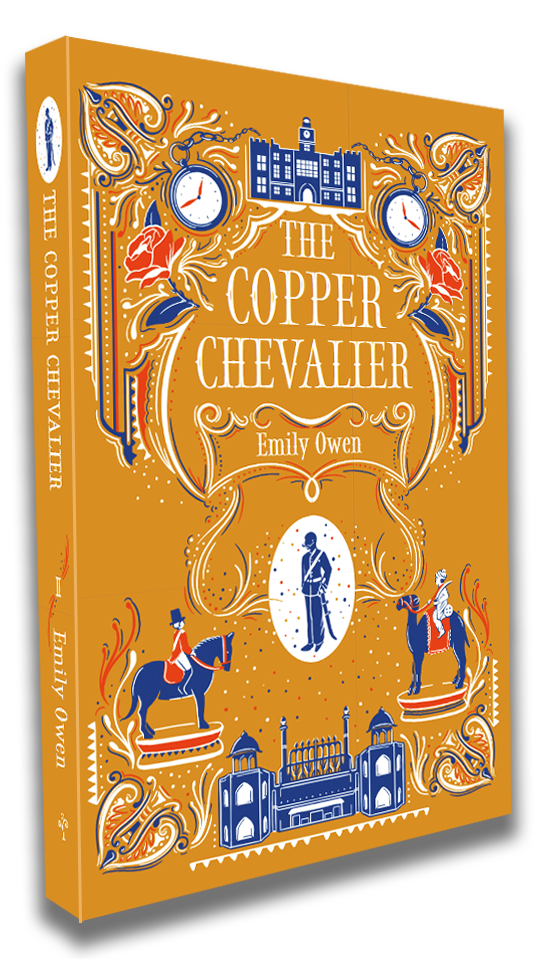Writing a Series: 3 Lessons I Learned - Emily Owen
Writing a Series: 3 Lessons I Learned

1. Know your characters
Since you’ll be spending a lot of time with the same cast of characters, it’s important that you know them inside out – from their backstory to how they like their tea to their favourite colour.
I’d say it’s also helpful if you genuinely like your protagonist(s). If so, the chances are your readers will too – and you’ll be less inclined to kill them off by Book 2.
There is a risk that you might not be so fond of your main characters by the end of the series. That said, I’ve not found this to be the case, and I’ve known my main characters for seven years now.
2. Make new friends but keep the old
You will have your core cast of characters, but it’s important to introduce new characters along the way for them to bounce off of, and also to introduce fresh storylines. This makes things more interesting for both you and the reader.
New characters can take many forms: love interests, love rivals, auxiliary characters who provide a bit of comic relief or a vital piece of information, long-lost relations and, of course, new villains.
It’s important that you don’t keep recycling the same villain – no matter how dastardly and charismatic they are. Your stories can risk becoming stale if your heroes (or anti-heroes) have to defeat said villain again and again.
One of the joys of a series is that you can place your characters in new scenarios and make them face new problems. This ultimately leads to character development and makes for satisfying storytelling. New characters can be a catalyst for this change.

Photo by Aaron Burden on Unsplash
3. Plan your plot
Before you pen your series, you should at least have a rough idea of the overall plot. Each book has to work as an independent unit, but also forms a ‘chapter’ of a wider narrative.
You might have the ending to the last book already mapped out, in which case the challenge is to now figure out how to get from B to A. Or maybe you’ve written the draft of your first book and are wondering how to continue the story.
Make yourself a timeline or a document listing key plot points in the overarching story. It doesn’t have to be super detailed – you can work out the finer details as you go along. After all, it would be no fun writing each book otherwise!
I never got round to writing a master timeline, but I figured out my main characters’ birthdays, which provided key touchstones for working out where I am in my wider timeline.
I also found it handy to write a synopsis for each book in the series early on, just to get a feel for where the story was heading.
You can find further insights into my writing process here.
Book 2 in the Abernathy series, The Copper Chevalier, is available to pre-order now.